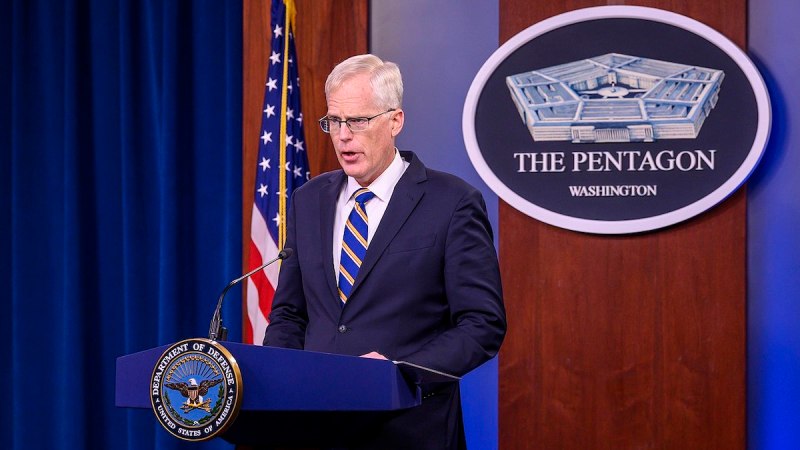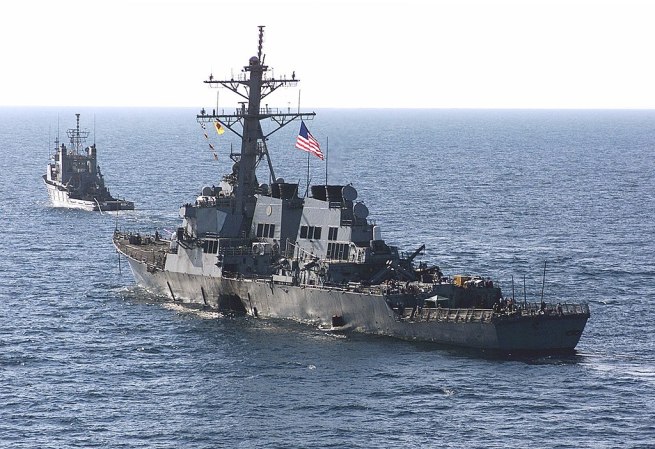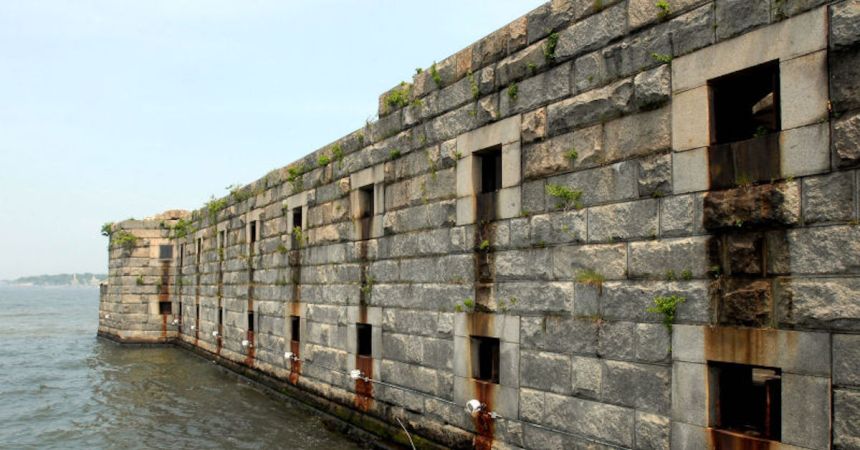In 2000, the USS Cole arrived at the port of Aden, Yemen to refuel. The destroyer was part of the the U.S. Navy mission of enforcing sanctions against Iraq. It was only scheduled to stop for four hours. She would not leave Aden under her own power.
On Oct. 12 at 12:15 local time, a rubber dinghy outfitted with a small motor came alongside the Cole and detonated a 400-700 pound shape charge of C4 against the hull of the destroyer, ripping into the engines, mess areas, and living quarters of the ship and tearing a 40-by-60 foot hole in the side. The attack killed 17 sailors and wounded another 39.
It was the deadliest attack against U.S. sailors in 13 years.

At the time, it was assumed that Osama bin Laden and his al-Qaeda terrorist group were responsible. The FBI had just charged him with masterminding the 1998 embassy attacks in Kenya and Tanzania that killed 224 people, 12 of which were Americans. But the Cole bombing was never conclusively linked to bin Laden.
Instead, a federal judge ruled in 2007 that the country of Sudan was liable for the bombings. Families of the fallen sailors allege that the attack would not have been possible without the cooperation of the Sudanese government, which they say provided key training bases to al-Qaeda operatives as well as technical and financial support to bin Laden.

(FBI)
Osama bin Laden spent five years in Sudan after moving there from Afghanistan in 1991. He invested heavily in Sudan’s infrastructure before he was expelled in 1996. Sudan says it was his expulsion from Sudan that turned him into the world’s most wanted terrorist and, before that, he was little more than a businessman.
The judge awarded $8 million to the families through the Death on the High Seas Act, much of which was taken from Sudanese assets frozen in the United States. That act did not allow compensation for mental anguish.
In 2010, fifteen of the injured sailors and their spouses sued the Sudanese government for the same reason. Since Sudan did not appear in court to defend itself, the sailors were awarded $317 million in damages. The government in Khartoum says it was never notified of the lawsuit through the proper channels under the Foreign Sovereign Immunities Act and the settlement is a violation of international law. The Trump Administration agreed with the FSIA standards.
The 2nd Circuit Court of Appeals upheld the award in 2015. In June 2018, the Supreme Court agreed to hear the case. There is no word on when the U.S.’ highest court will hear the arguments.

(U.S. Air Force photo by Master Sgt. Keith Reed)
By 2008, all those convicted for the bombing of the Cole either escaped custody in Yemen or were freed outright by Yemen — all except Abd al-Rahim al-Nashiri, the alleged mastermind of the attack. He was captured in Dubai in 2002 and is being held at Guantanamo Bay, though his involvement is questionable. One CIA agent called him an “idiot” who “couldn’t comprehend a comic book.”


























